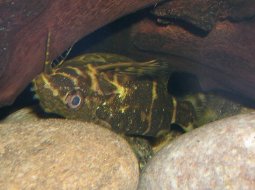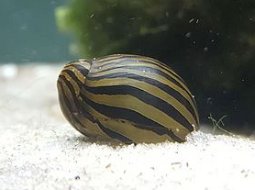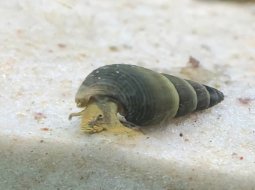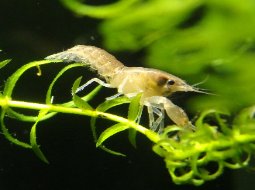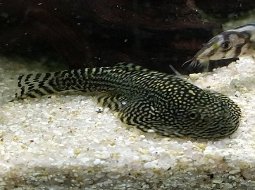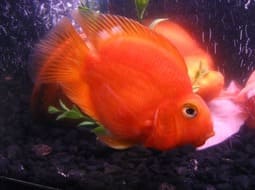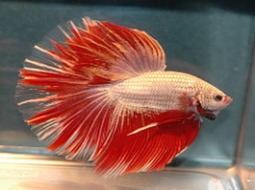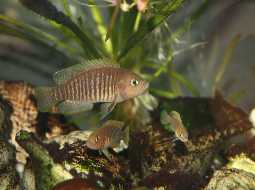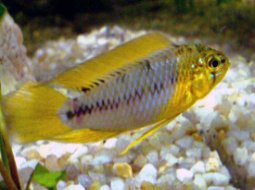
Loading Aqualapp ...
Care and Compatibility of Denison Barb - Puntius denisonii
Introduction
The Denison Barb features a distinctive coloration, with a silver to dark gray body and a bright red stripe running along its side. Additionally, it has a pattern of black lines on the upper part of its body. Its streamlined shape allows it to swim swiftly and gracefully.
Behavior
The Denison Barb, scientifically known as Puntius denisonii, is a popular tropical fish species in the aquarium hobby. It is characterized by its elongated and slender body, prominent dorsal fin, and vibrant colors. It is an active and energetic fish that moves quickly throughout the aquarium.
Sexual Dimorphism
Sexual dimorphism in Puntius denisonii is minimal and difficult to distinguish. Both males and females have a similar appearance, although males may be slightly more colorful and have longer, pointed fins.
Reproduction
Breeding Denison Barbs in captivity can be challenging. It requires suitable water conditions, including a slightly lower temperature and optimal water quality. Males often display courtship behavior, chasing females and exhibiting intense colors. The female deposits eggs on substrates or plants. Once the eggs hatch, a suitable environment is required for the growth of the fry.
Aquarium Conditions
Puntius denisonii, commonly known as the Roseline shark or Denison barb, requires a large, well-decorated aquarium with open swimming areas and dense vegetation. It prefers slightly acidic to neutral water and a moderate temperature. Aquarium décor should include rocks, driftwood, and hardy plants. Maintaining water quality is crucial and providing a varied diet.
Feeding
When it comes to feeding, the Denison Barb is an omnivorous fish that consumes a variety of foods. It accepts dry foods such as flakes and pellets, but it should also be provided with live or frozen foods such as mosquito larvae, daphnia, and small shrimp. It is important to provide a balanced and varied diet to maintain its health and vitality.
Complexity
Caring for Puntius denisonii can be moderately challenging. They are active fish that need plenty of space to swim and explore. They are prone to jumping, so a secure lid for the aquarium is recommended. They are omnivores and accept a wide variety of foods, including live and frozen foods.
In case you need more help, or if you want to know into any topic related to the Puntius denisonii (Denison Barb) and even any other species you can use the forums to ask what you need.
To do an analysis more detailed about coexistence and behavior of Puntius denisonii (Denison Barb) use the Aquarium simulation tool, if you do this you can test different ways to combine the Denison Barb with other fishes giving the dimensions and space on you aquarium, on this way you can known the optimal configuration for keep the fishes that you want.
You can also find out the 111 species compatible with the Puntius denisonii (Denison Barb) can live together.
Note: The parameters of the water such as PH and temperature are also used to calculate the compatibility of the species.
Compatible species (111)
Compatible (28 Species)
Compatible without any restriction
Especialmente compatible con otros ejemplares de su misma especie, recomendado tener al menos 4 peces.
Similar Sizes (29 Species)
They can coexist if they are the same size or very similar sizes, it does not work in all cases, there may be exceptions.
With Reservation (2 Species)
Compatible in some cases, it depends on the nature and personality of the fish.
Considerable size difference (31 Species)
They can coexist while they are similar in size or the size difference is not very abysmal, since as the fish grows it increases the chances of eating its partner that did not grow much.
Food competition (16 Species)
They can live together but you have to be careful since it is likely that the fastest fish will take all the food and leave nothing for their partners who are slow swimmers, so you have to make sure that everyone can eat.
Compatible if space is enough (5 Species)
They can coexist together if the aquarium they share is large and spacious enough for both species to feel good, as some fish may attack others to feel that they have little space and try to eliminate the competition.
Denison Barb
Puntius denisonii

- Ph: 6.5 - 7.5
- Temperature (c°): 16 - 25
- Measures: 10 cm - 15cm
- Aquarium Capacity:
23 Liters - 6 Gallons - Alimentación: Omnivores
- Colores: Black, Green, Red, Yellow
- Comportamiento: Peaceful, Shoal, Sociable
- Habitad: Asian
- Morfología: Bright colors
- Preferencias del Acuario: Natural plants, Sand
- Tamaño: Medium
- Taxonomía: Fish
- Tipo de Agua: Sweet water, Tropical waters
- Velocidad de nado o movimiento: Fast
- Zona de Nado: Swim in the middle of the aquarium

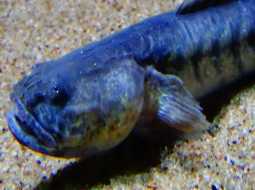

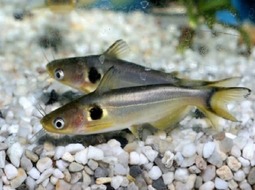
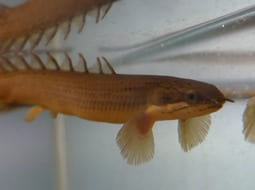
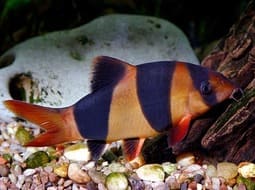
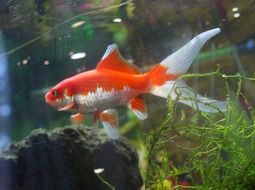
.jpg)
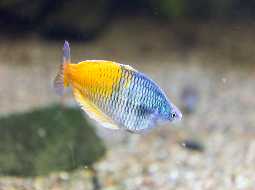
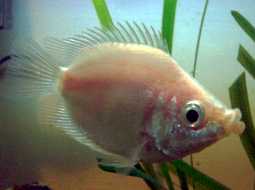
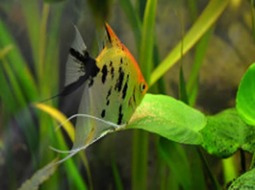

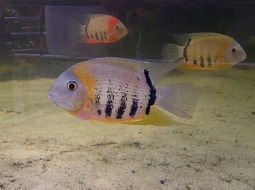


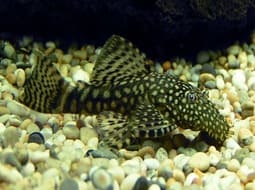
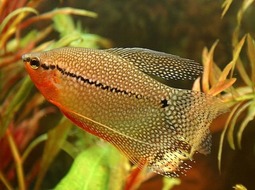
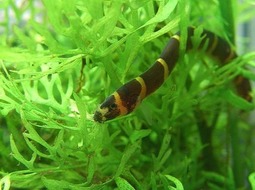
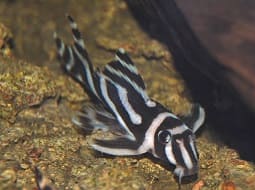

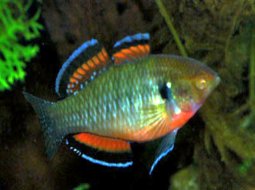

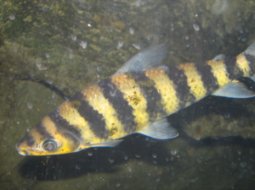



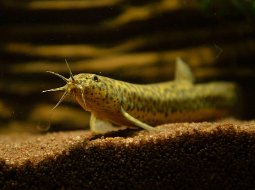
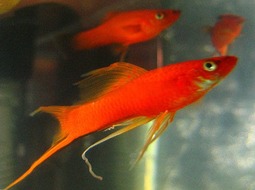

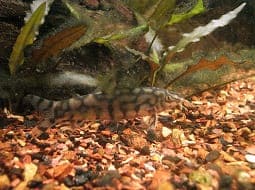
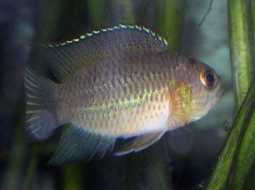

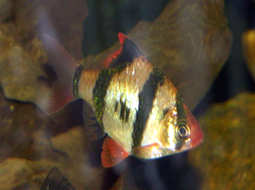
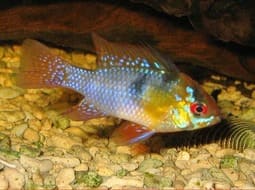
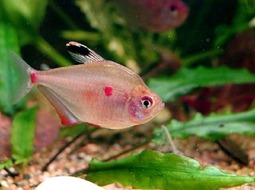

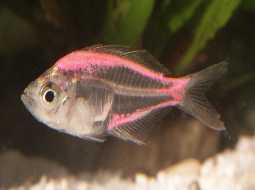
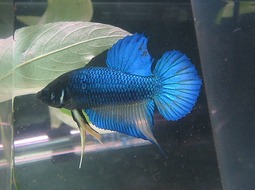
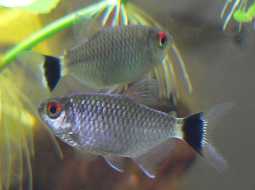


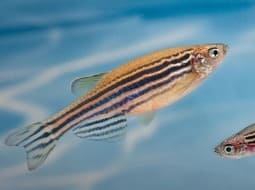
.jpg)
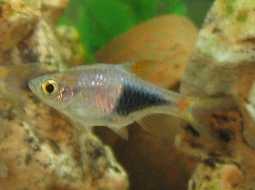
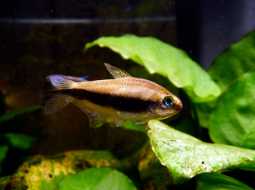


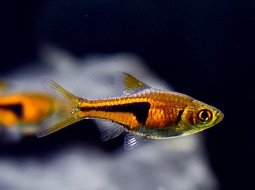

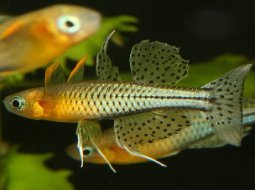

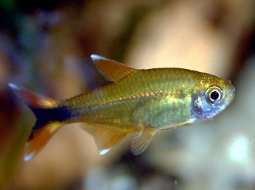

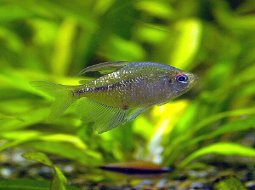

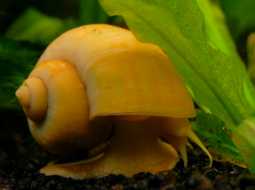

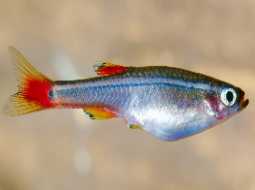
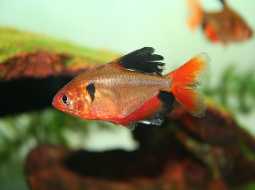
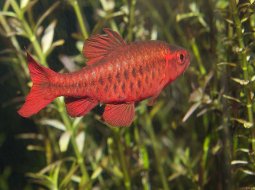


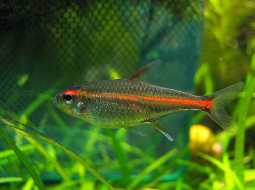
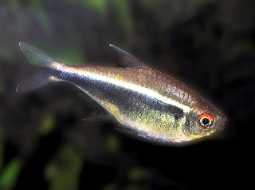
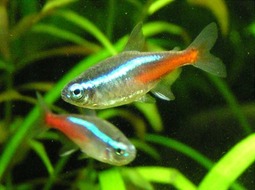

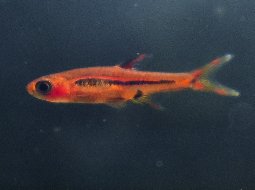
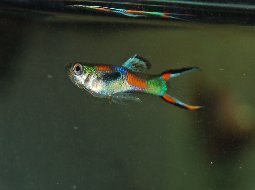
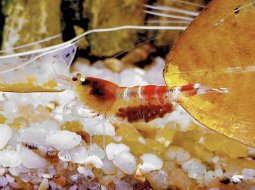
.jpg)


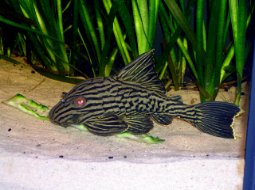
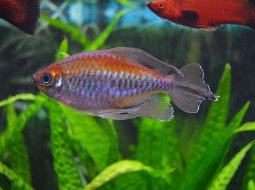

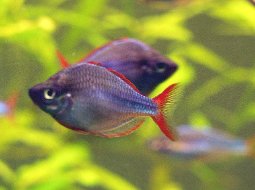

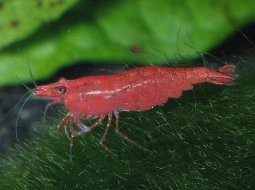
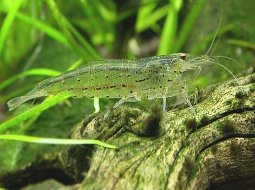
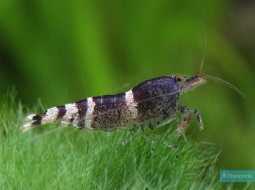
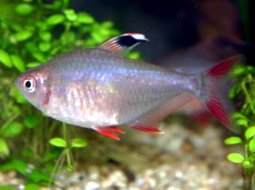
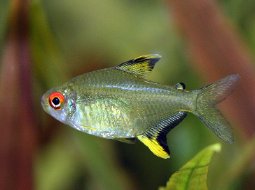
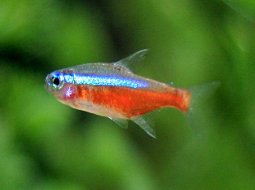
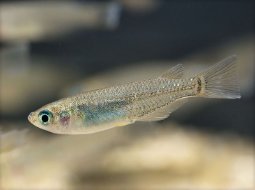
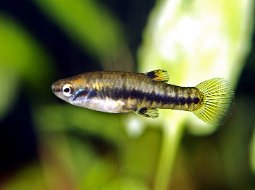
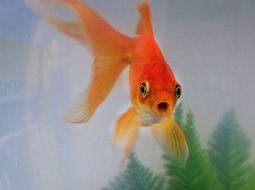
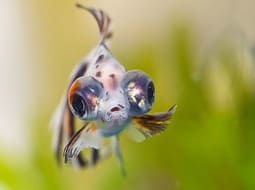
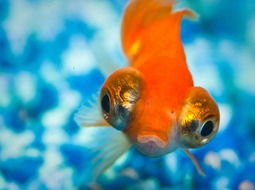
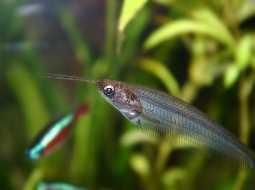
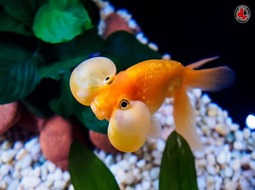
.jpg)

